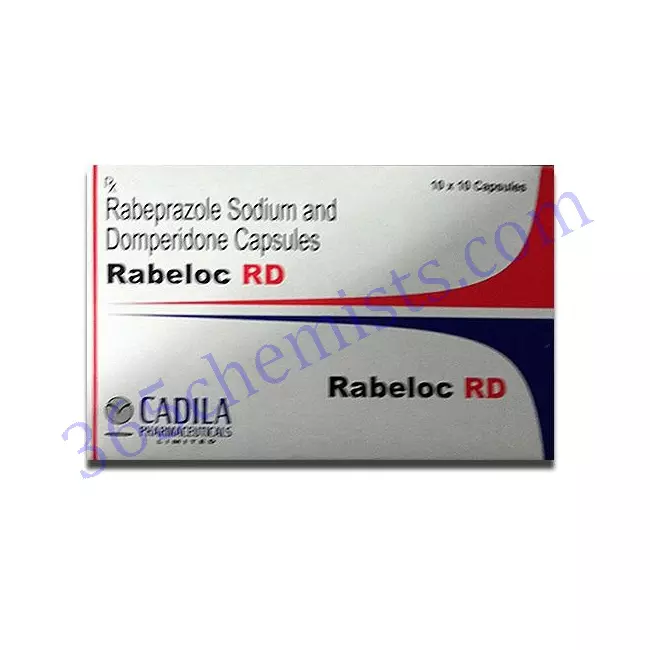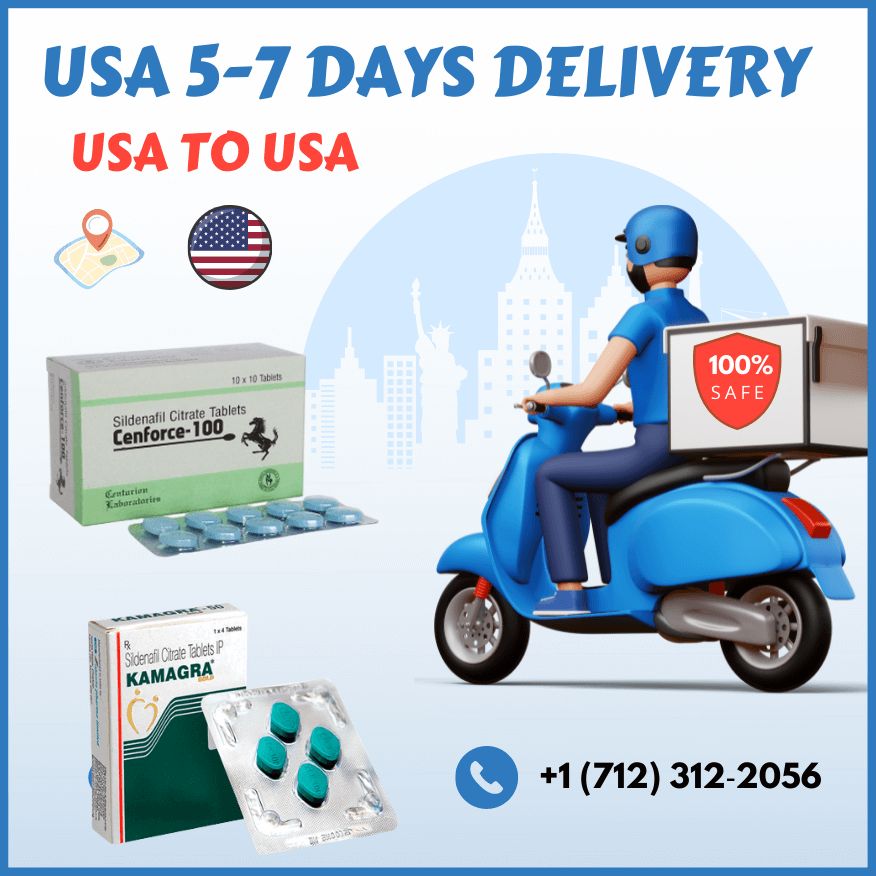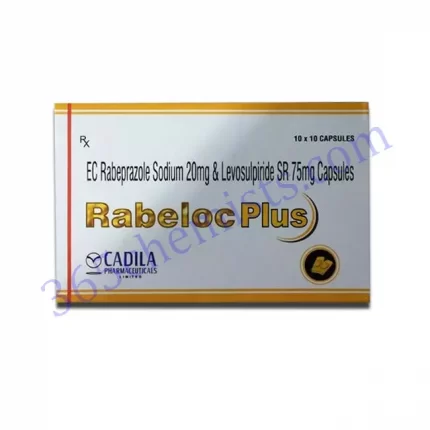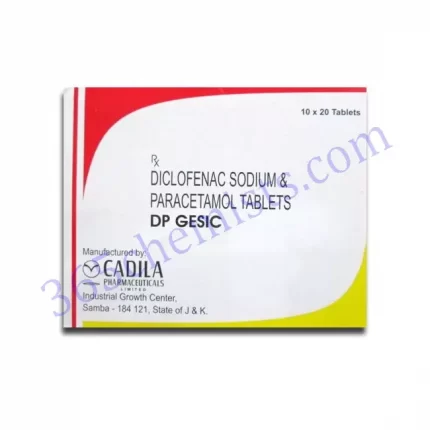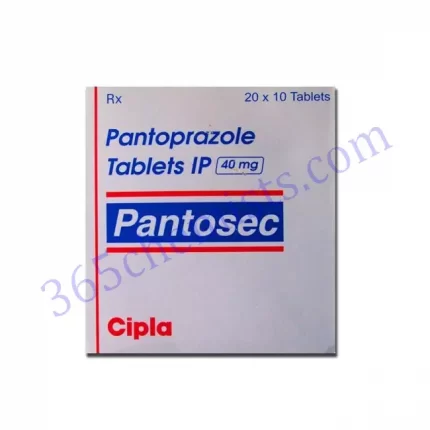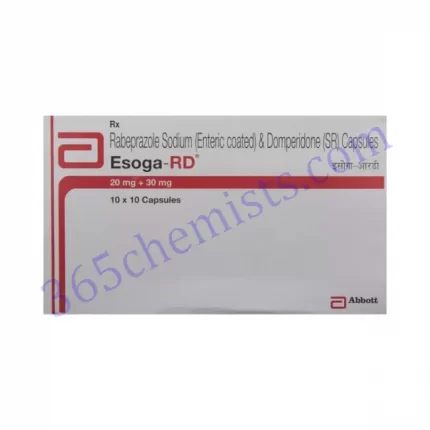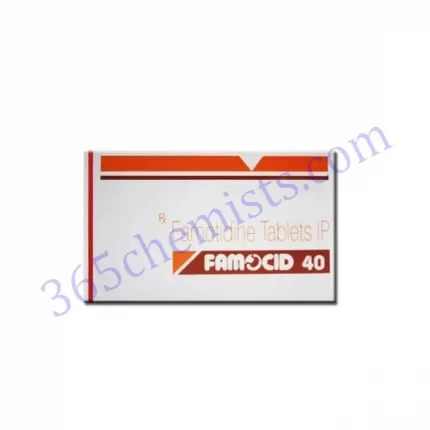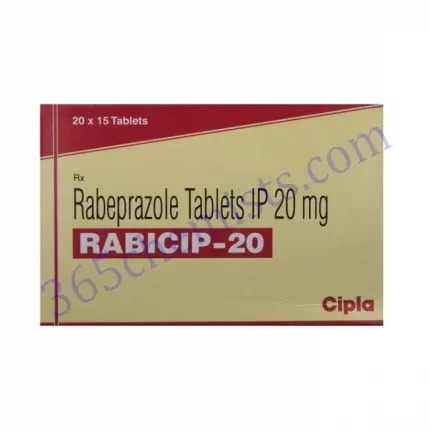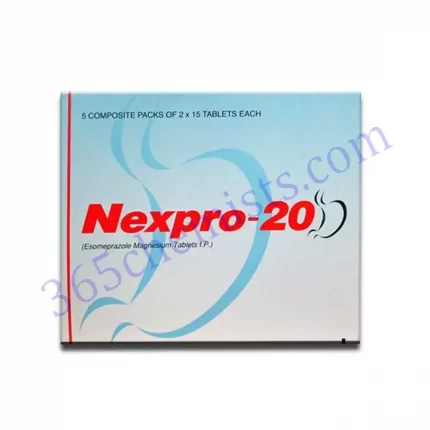Rabeloc RD Capsule
Rabeloc RD medication is indicated for treating GERD (Gastro-esophageal reflux disease), which does not respond to Rabeprazole medications alone. It prevents the tendency of vomiting and nausea in people suffering from gastrointestinal problems.
Rabeloc Rd 30 Mg/20 Mg Capsule is a combination of Domperidone and Rabeprazole. The active ingredients fall under the class of dopamine antagonist and PPI (Proton pump inhibitor), respectively.
It is also prescribed to the patients of peptic ulcer and who take certain medicines for Parkinson’s disease. The medicine tightens the muscles near the entrance of the stomach and relaxes the ones present at the exit.
The action of this medication helps to speed up the passing of the food that you intake – from your stomach to your intestine, reducing the feeling of nausea and sickness, also preventing vomiting.
This medicine also works by blocking or reducing the stimulation in the ‘vomiting centre’ of your brain, which will eventually reduce the feeling of nausea and vomiting. The possible side effects of taking this medication can be headache, migraine, dryness of the mouth or breast pain.
You are advised not to take Rabeloc Rd 30 Mg/20 Mg Capsule if you have the following conditions:
An allergy to Rabeloc Rd 30 Mg/20 Mg Capsule or any other ingredient of this medicine
Bleeding problems or blockage in your stomach or in the intestine
Tumour in the pituitary gland
Cardiac disease
Incorrect levels of magnesium, potassium or calcium in the blood
Severe/moderate liver impairment
Use
The primary use of this medication is as follows:
Gastroesophageal Reflux Disease
Peptic Ulcer
Related product
Rabeloc 20 Tablet
Rabeloc Plus Capsule
Rabeloc RD Capsule
Side Effects
Here are some of the possible side effects of this drug:
Skin Rash
Diarrhoea
Stomach Pain
Headache
Dizziness
Weakness
Insomnia
Cough
Rhinitis
Flatulence
Dry Mouth
Dosage
Are there any missed dose instructions?
Skip the missed dose and resume with the next scheduled dose at the right time. The dose should not get doubled in an attempt to make up for the missed dose.
Are there any overdose instructions?
Contact your doctor if an overdose is suspected. Symptoms of overdose may include drowsiness, agitation, and convulsions and may be more prevalent in infants and children. Immediate medical attention including gastric lavage may be required in severe cases.
Work
This medication attaches to the dopaminergic receptors without causing any release of the chemical dopamine. It, in turn, facilitates gastric emptying and decreases small bowel transit time. Also, it binds to H+/K+-exchanging ATPase in gastric parietal cells, resulting in blockage of acid secretion.

